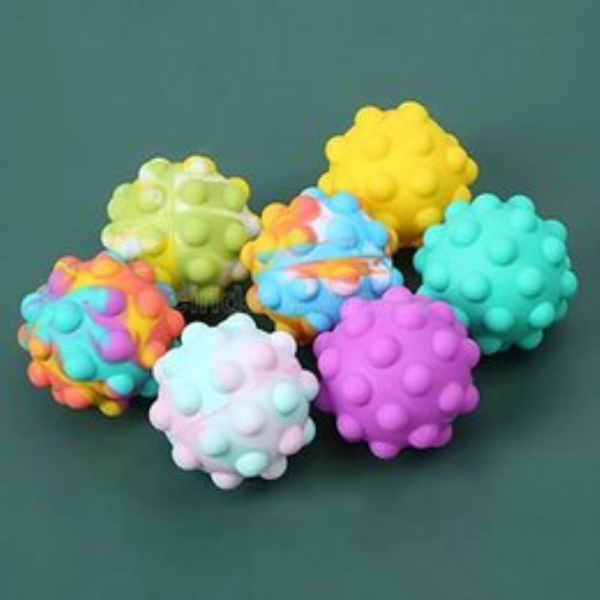When you’re fostering a child with autism, it’s important to understand what sensory information triggers them, both indoors and outside. You can then trial different activities to see which ones they’re comfortable engaging with. Some games may suit one autistic child but not another, so it’s all about learning what’s right for the autistic children in your care so you can help them thrive.
These sensory play activities for autism are super fun, and if your foster child is okay with it, we say get the whole household involved! Whatever age you are, you’re bound to have fun bonding with your foster child through these sensory play activities for autism.
1. Finger painting and footprint painting

Things might get messy, but don’t let that put you off as this a great way for kids to express themselves. Just set some paper out on top of newspaper or tarpaulin and let your foster children create paintings using their hands and feet.
2. Make your own slime
Mix together cornflour and water in a bowl and watch as it shifts from solid to liquid as you play with it. Add in food colourings and glitter for a super sensory experience.
3. Scented playdough
Add things like lemon juice, vanilla extract, cinnamon, peppermint flavouring etc to separate batches of playdough and get them to guess the scents. Just make sure they don’t eat it!
4. Mud kitchen
For outdoor sensory activities for autism, mud kitchens are a popular choice. It’s an area where children can experiment, improvise and create using mud, water, bowls and various utensils. Some children might pretend to bake cakes or cook dinner, whereas others might just enjoy mashing, scooping and manipulating the mud into different shapes.
5. Make your own musical instruments
Put rice inside a plastic bottle to make a shaker; use wooden spoons and buckets for a homemade drum set; put holes in a straw to fashion your own recorder…the ideas are endless!
6. Create a sensory ocean
Fill a shallow storage container with sand on one side and water on the other, and include things like shells, toy fish and other ocean inspired items. Your autistic foster children will enjoy splashing the water, swirling the sand and playing in their new underwater world.
7. Painting with food
Edible sensory activities for autism are great as there’s no harm if your foster child puts their hands in their mouth. Choose soft and squishy foods like chocolate sauce, blackberries, apple puree and yoghurt and let them create a piece of art that looks, smells and tastes amazing!
8. Water beads
Water beads are non-toxic and feel so satisfying to squidge in your hand. Why not put half in the fridge to create a contrast between cold and warm?
9. Toys in jelly
This is another edible sensory activity that involves hiding toys inside bowls of jelly. Place toys into different jelly moulds, pour the jelly solution in and chill in the fridge. Children need to get the toys out of the soft, wobbly jelly anyway they can.
10. Pouring station
This is something that can be set up in minutes. Pour water into different size bottles, jugs, cups and containers and set them up in a bathtub or on a large tray. Add food colouring to enhance the experience. The idea is to get children to pour water from one jug to another, mixing colours and also learning fine motor skills at the same time.


